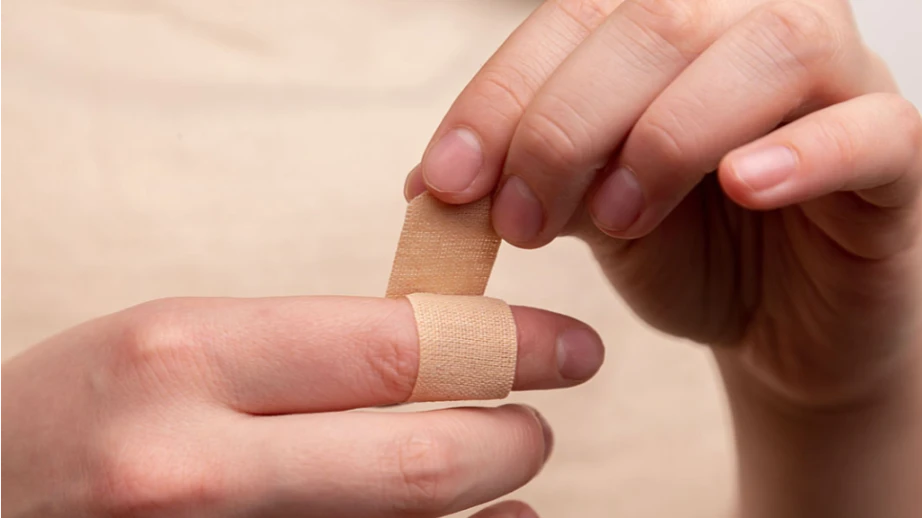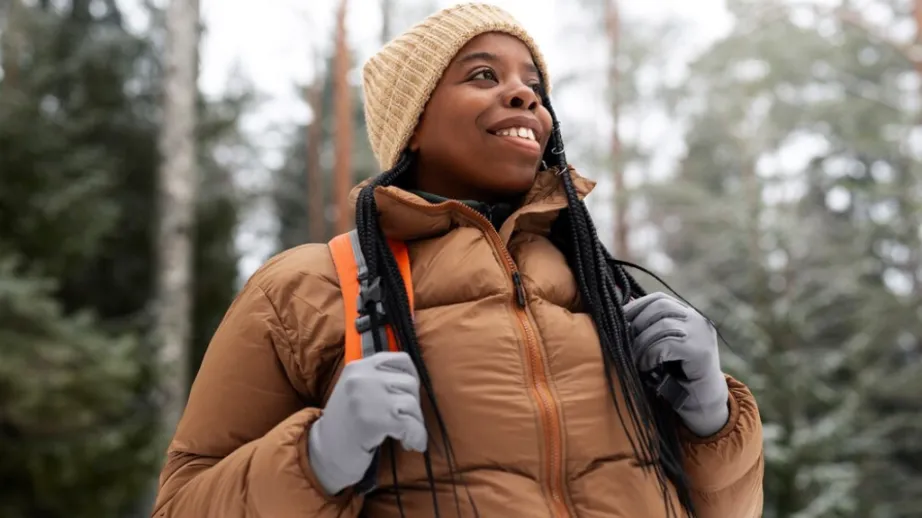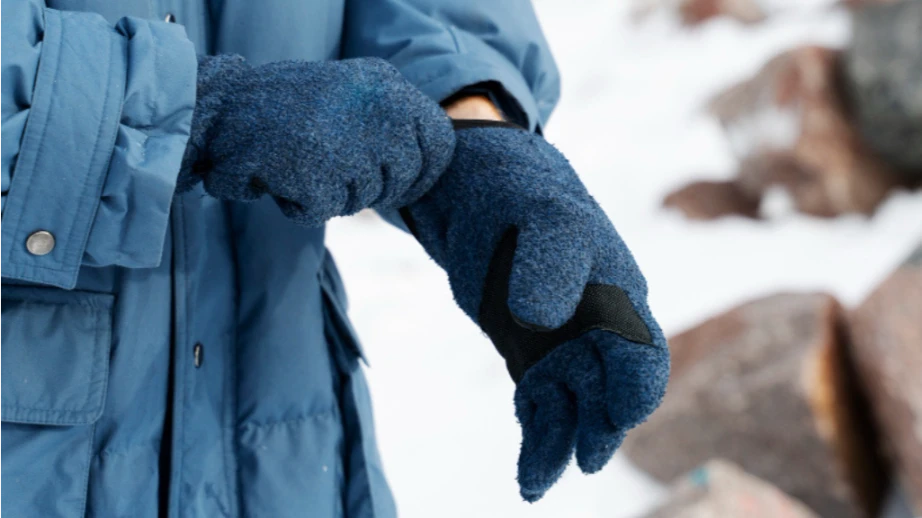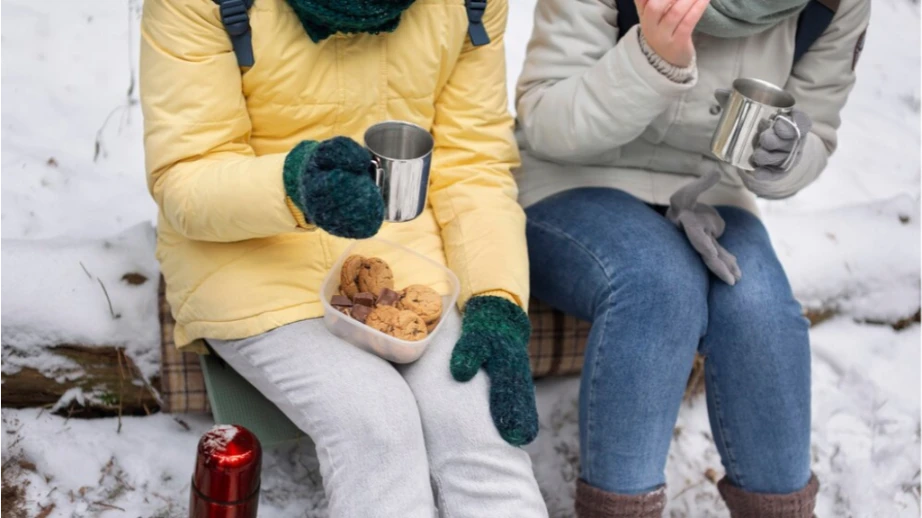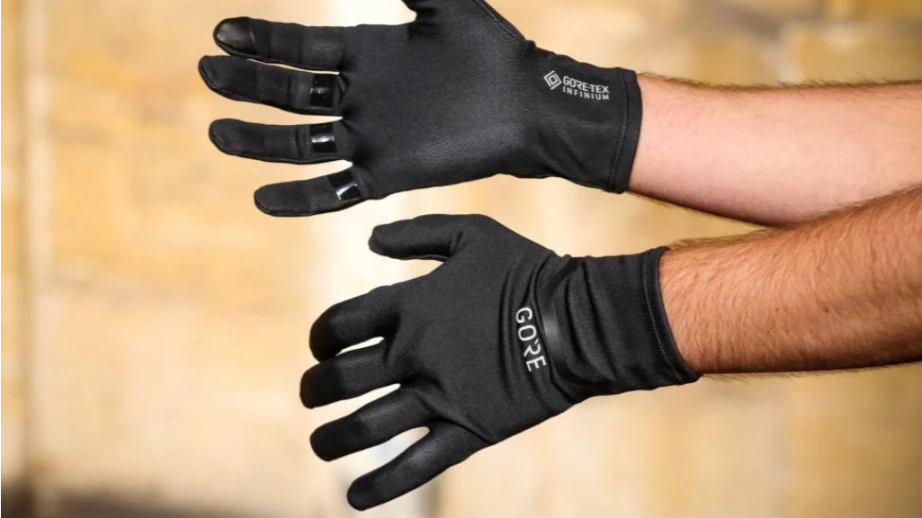I often hear opinions that hiking gloves are only for keeping your hands warm in the winter months.
Nothing could be further from the truth!
Hiking gloves have many things to offer and one of the features that hikers always appreciate is blisters prevention.
They will provide a barrier between your skin and the rough surfaces you encounter on your hikes, potentially saving you from some nasty blisters.
But how exactly do they work? And more importantly, do they really deliver on this promise? Let’s find out.
Can Hiking Gloves Protect Against Blisters?
Absolutely, hiking gloves can protect against blisters! The primary purpose of hiking gloves is to provide a barrier between your hands and any rough surfaces or elements they might come into contact with.
Blisters used to be my constant companions on every hike, until I decided to invest in specialized hiking gloves. The result? I haven’t had a blister in more than three years!
Think about it: when you’re out on a trail, clutching trekking poles, or scrambling up a rocky incline, your hands are in the line of fire.
Blisters form due to friction and we remember that from science class. So, imagine this – your bare hands, gripping and rubbing against your trekking poles for HOURS on end. The friction is bound to cause some damage.
This is where hiking gloves are invaluable. They serve as a protective shield, reducing this friction to minimum and lowering your chances of getting blisters.
But there’s more to love about them. Hiking gloves, especially those with patterned rubber palms, not only prevent blisters but also provide a good grip on the poles and allow sweat to evaporate.
They are simply a great investment for any hiker.
Understanding Blisters

What are Blisters?
Blisters are small pockets of fluid that form on the upper layers of your skin. They’re the body’s way of protecting the tissue beneath from further damage.
This fluid-filled pocket is essentially a natural bandage over the damaged area.
The Unwanted Trio: Friction, Moisture, and Heat
There are three main culprits that contribute to blister formation: friction, moisture, and heat.
Friction is unavoidable when your feet are constantly moving inside your boots or your hands are gripping trekking poles.
Moisture also plays a big role. Sweat, rain, or even stepping into a puddle can make your skin soft and more susceptible to damage.
Finally, heat can exacerbate the situation. As you exert yourself on a hike, your body temperature rises, and that includes your hands and feet. This extra heat can make your skin softer and more prone to blistering.
Consequences of Untreated Blisters
Ignoring blisters can lead to some serious consequences. First, there’s the pain. As the blister fills with fluid, it puts pressure on the surrounding tissue, causing discomfort.
If a blister breaks open, it leaves the raw, sensitive skin underneath exposed. This can lead to infection, which brings a whole new set of problems.
Infections can be very painful and, in severe cases, may require medical attention.
Blisters can also seriously hinder your mobility. If you’ve ever tried to hike with a blister on your foot or hand, you know it’s no walk in the park. It can make every step or grip painful and slow you down considerably.
A good pair of hiking gloves can go a long way in keeping blisters at bay.
Blister Busters: How Hiking Gloves Prevent Blisters

Hiking gloves are like a secret weapon against blisters. But how exactly do they do it?
Firstly, they reduce friction. By providing a barrier between your skin and the trekking poles or any other rough surfaces, they minimize the rubbing that leads to blisters.
Secondly, many hiking gloves have moisture-wicking properties. They draw sweat away from your skin, keeping your hands dry and reducing the risk of blister formation.
Some gloves also offer insulation, keeping your hands warm in cold weather and cool in hot conditions. By regulating your hand temperature, they help prevent the softening of skin which can lead to blisters.
What Gloves Prevent Blisters While Hiking?
The best gloves to prevent blisters while hiking are:
- REI Co-op Polartec Wind Pro Fleece Gloves 2.0 | Check Price for Men & Women
- Outdoor Research ActiveIce Chroma Full Sun Gloves | Check Price for Men & Women
- Black Diamond Midweight Screentap Fleece Gloves | Check Price for Men & Women
Let’s get into why these gloves are my top picks.
REI Co-op Polartec Wind Pro Fleece Gloves 2.0
These are my go-to gloves for most hikes. They’re versatile, incredibly comfortable and offer excellent protection. They are also warm enough for mild winter.
The Polartec Wind Pro fabric reduces the wind chill factor significantly, while still allowing for breathability so your hands stay cozy without getting sweaty.
Outdoor Research ActiveIce Chroma Full Sun Gloves
If you’re planning a summer hike or heading to a warmer climate, these are the gloves for you.
They are lightweight yet still provide excellent protection against blisters. They feature ActiveIce technology, which uses xylitol crystals to actually cool you as the fabric wicks away sweat. Your hands stay cool and dry, reducing the risk of blisters.
Black Diamond Midweight Screentap Fleece Gloves
For those extreme cold hikes or if you’re like me and just have perpetually cold hands, these are perfect!
They’re designed with a warm and stretchy fleece and a digital thumb and index finger allow for gloves-on touchscreen use.
Materials Used in Hiking Gloves
The material of your hiking gloves plays a significant role in their protective properties. Let’s break it down:
Leather is a popular choice because it’s durable, offers excellent protection, and with time, molds to your hand shape. However, it can be heavy and less breathable.
Synthetic materials, such as nylon or polyester, are lightweight and quick-drying. Some synthetic gloves also feature moisture-wicking properties, which pull sweat away from your skin to keep your hands dry.
Fleece is often used in insulated gloves for its superior warmth. It’s soft, lightweight, and retains heat well, making it great for cold weather hikes.
Conclusion
Hiking Gloves are a key player in your blister prevention toolkit.
Just think about it – less friction, controlled sweat, and temperature regulation, all working together to keep blisters at bay.
My advice? Experiment. Try out different types of gloves, play around with materials, and find what works best for you.
With ongoing research and innovation, who knows what’s around the corner? Maybe gloves that self-adjust to your hand temperature? Or ones with built-in sensors to warn you when friction levels are high? The possibilities are endless!
But until then, let’s make the most of what we have. So go ahead, get yourself a pair of hiking gloves and wave goodbye to blisters.

Lukas Heller
Hey there! I’m Lukas, co-founder of BigfootHiking.com, alongside my adventurous wife Martha. Originally from Germany, I landed in Phoenix, Arizona, in 2015, where I’ve been scouting out new trails ever since (though they’re getting scarce!). By day, I’m a software developer, but my heart belongs to hiking – I’m always plotting our next trip. When I’m not coding or on the trails, you’ll find me hanging out with our Pit Bull, Zeus.

